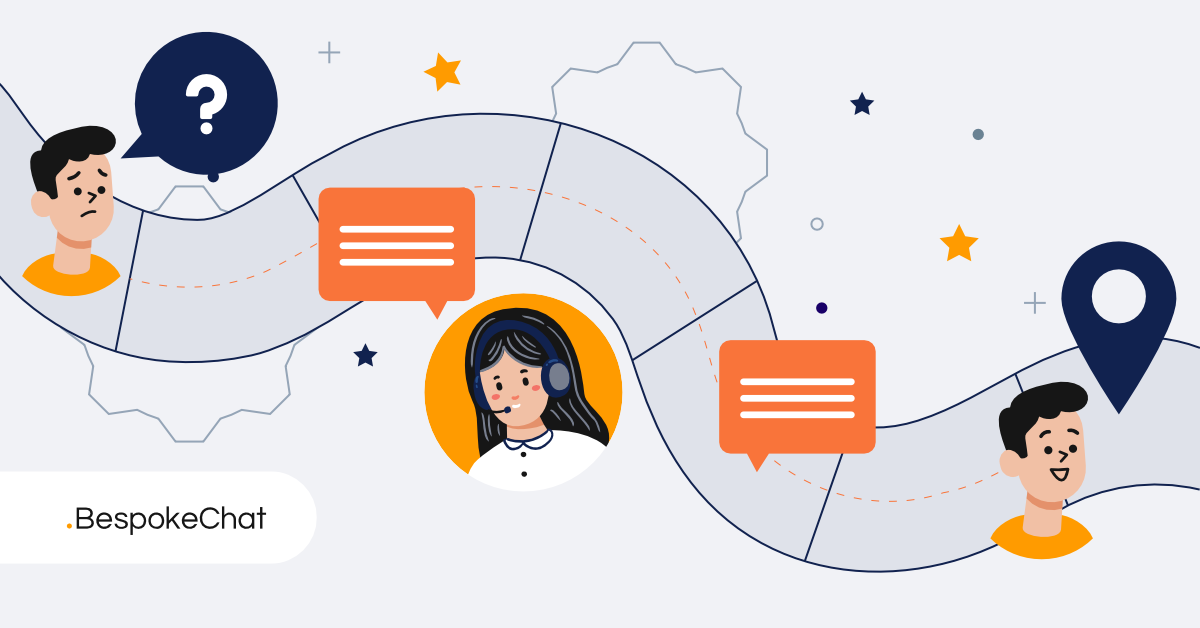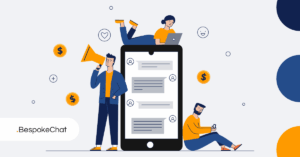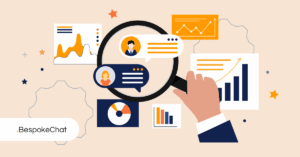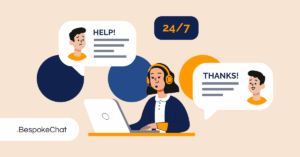Imagine you’re visiting a new city. You ask a local for directions. One person simply points down a street and walks away. Another asks, “What are you hoping to see? I know a great route that takes you past some hidden gems.” Which person is more helpful? The first is a signpost; the second is a guide. In a chat conversation, your agents have the same choice. They can be passive signposts that simply answer direct questions, or they can be expert guides who lead the customer on a journey, making sure they find exactly what they need-and maybe even discover something better along the way.
In our last article, we discussed the crucial importance of empathy and a human tone. Once you’ve established that warm, human connection, it’s time to put it to work. A friendly conversation is nice, but a friendly conversation with a clear purpose is what drives results. The fifth principle of proactive chat is to actively lead the conversation. This means moving beyond passively answering questions and taking on the role of a confident guide who steers the interaction toward a successful outcome for both the customer and your business.
From Answering to Guiding
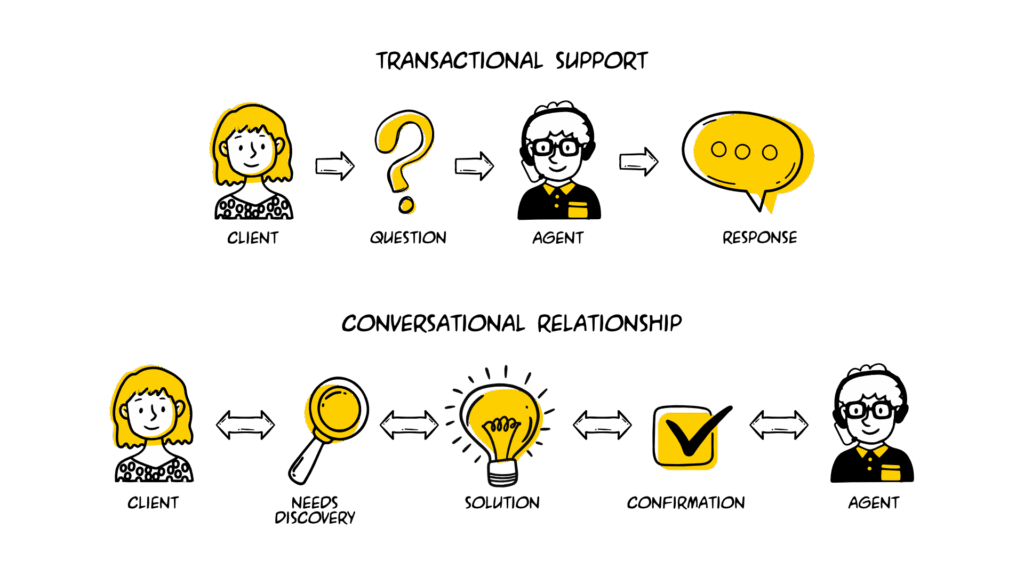
A passive agent waits for the customer to ask the next question. This puts the burden entirely on the customer to navigate the conversation, know what to ask, and figure out the next steps. It often leads to conversational dead ends, where the customer says “okay, thanks” and the opportunity is lost.
An active, guiding agent, on the other hand, listens to the initial question and then takes charge. They do this by:
- Asking clarifying questions: They dig deeper to understand the real need behind the customer’s question.
- Anticipating next steps: They think one step ahead, suggesting what the customer might need to know or do next.
- Maintaining momentum: They always end their message with a hook-a question or a suggestion-that keeps the conversation flowing and prevents awkward silences.
When an agent leads the conversation, it saves time for everyone involved. The customer gets to a solution faster, and the agent can handle the interaction more efficiently and effectively, increasing their chances of achieving a business goal like booking a test drive or closing a sale.
Putting Guidance into Practice
Let’s see how this leadership looks in a real chat conversation.
Scenario 1: The Direct Price Question
- The Passive Agent (The Signpost):
Customer 2:15 PM
Agent 2:16 PM
Customer 2:17 PM
Dead end. The agent answered the question but did nothing to advance the conversation.
- The Proactive Agent (The Guide)
Customer 3:10 PM
Agent 3:11 PM
The agent answers the question but immediately takes control by asking a discovery question,
opening the door to a real sales consultation.
Scenario 2: The Undecided Customer
- The Passive Agent (The Signpost):
Customer 11:02 AM
Agent 11:03 AM
The agent has offloaded the work back onto the customer.
This is not helpful.
- The Proactive Agent (The Guide)
Customer 11:10 AM
Agent 11:11 AM
The agent takes ownership of the customer's problem and initiates a needs analysis,
positioning themselves as an expert consultant.
Your Guidance Toolkit in LiveChat
LiveChat has built-in features that act as an agent’s “superpowers,” allowing them to lead conversations with more context and insight.
- Chat Sneak-peek: This feature allows your agents to see what the customer is typing before they hit send. This is incredibly powerful. It gives the agent a few extra seconds to think, anticipate the customer’s need, and formulate a thoughtful, guiding response instead of a reactive one. They can prepare links, check information, and be ready with the perfect follow-up question the moment the customer’s message arrives.
- Chat History: An agent who leads effectively uses all available information. The chat history, accessible directly in the chat window, is the agent’s memory. Before engaging, a smart agent can quickly scan past conversations to understand the customer’s journey so far. Have they chatted before? What were they interested in? This context allows the agent to lead the new conversation with unparalleled relevance, saying something like, “Welcome back! I see you were asking about the Model Z last week. Did you have any more thoughts on it?”
Leading a conversation is a skill that takes time and coaching to develop. This is where Super Vision becomes an invaluable tool for managers. Super Vision allows you to monitor your team’s chats in real-time and, crucially, to “whisper” to your agents without the customer seeing.
Imagine you have a new agent who is doing a great job of being friendly but is falling into the passive “signpost” trap. With Super Vision, you can:
- Observe: Watch their conversations live as they happen.
- Coach: If you see a conversational dead end approaching, you can send them a private message directly in the chat interface. For example: “Great answer. Now, ask them what they’ll be using the car for to guide them to the right model.” or “Don’t forget to mention the current financing offer!”
This turns every live chat into a training session. It helps you develop your agents’ skills on the job, ensuring that your entire team learns how to lead conversations confidently and effectively, turning more interactions into successful outcomes.
Don’t leave your customers to wander your website alone. Train your agents to be confident, knowledgeable guides, and you’ll find they lead more customers directly to the checkout.

